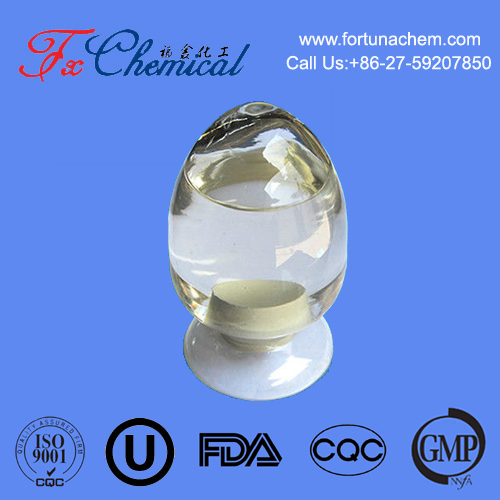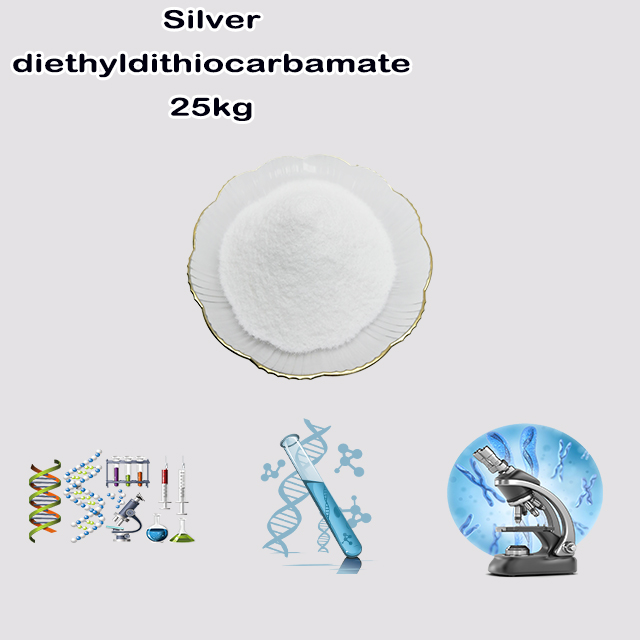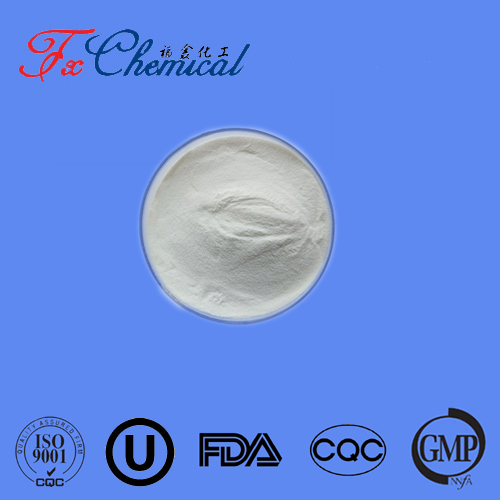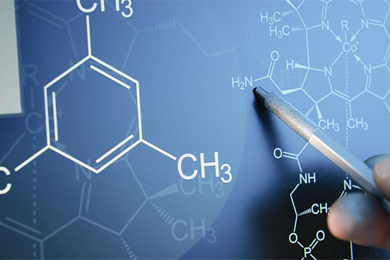
Search

Search

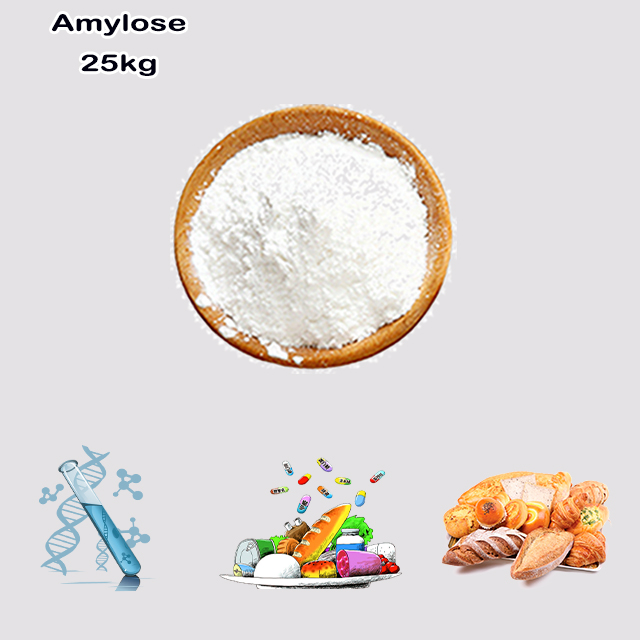


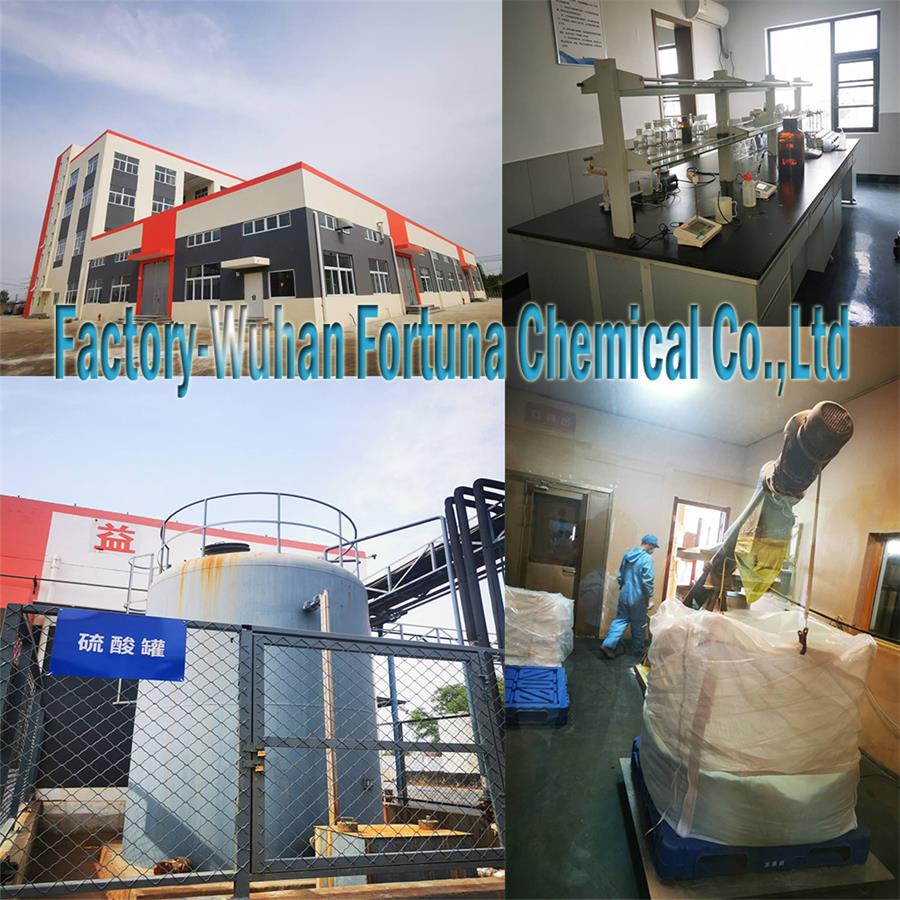






Enhances texture in processed foods (e.g., noodles, bread) by improving firmness and reducing stickiness.
Acts as a thickener, stabilizer, or gelling agent in sauces, soups, and desserts (forms rigid gels upon cooling).
Used in low-glycemic index (GI) products—its slow digestion helps regulate blood sugar.
Produces biodegradable films/coatings for food packaging (extending shelf life) or pharmaceutical capsules.
Serves as a template for synthesizing nanomaterials (e.g., gold nanoparticles) in biomedical research.
Used in 3D printing bioinks for tissue engineering due to biocompatibility.
In paper manufacturing to improve strength and printability.
As a binder in cosmetics (e.g., lotions, powders) for texture optimization.
In analytical chemistry as a reagent for detecting iodine (forms a deep blue complex).
Items | Specifications | Results |
Appearance | White powder, without lumps | Conform |
Assay % | ≥98 | 99.5 |
formula weight | 1~2*106 | 1.5*106 |
total arsenic(As mg/kg) | ≤0.5 | |
Lead(Pb mg/kg) | ≤1.0 | not detected |
Conclusion | The product conforms to the above specifications. | |
Amylose is a type of carbohydrate, specifically a polysaccharide, that is one of the two main components of starch (the other being amylopectin). It is a long, linear chain of glucose molecules and is responsible for the firm texture and insoluble nature of many starches.
Building Blocks: Amylose is made up exclusively of glucose molecules.
Bonds: These glucose units are linked together by alpha-1,4-glycosidic bonds. This type of bond creates a straight, helical (spiral) chain.
Chain Length: An amylose molecule typically consists of 300 to several thousand glucose units, making it a very large polymer.
Shape: Unlike its counterpart amylopectin, amylose is mostly linear and unbranched, which allows it to form tight, organized structures.
The linear structure of amylose gives it several unique properties:
Gel Formation: This is one of its most important culinary properties. When a starch mixture is heated and then cooled, the amylose molecules leach out, align, and form a network that traps water. This process, called retrogradation, creates a gel. This is what thickens puddings, pie fillings, and sauces.
Resistant Starch: Amylose is a major component of Resistant Starch (RS). Because of its tight, helical structure, it is more difficult for our digestive enzymes to break down compared to amylopectin. As a result, it behaves more like dietary fiber, passing through the small intestine undigested and being fermented by bacteria in the large intestine. This has significant health benefits (see below).
Reaction with Iodine: Amylose is famous for its deep blue-black color when mixed with iodine. The iodine molecules slip inside the helical structure of the amylose chain, creating this characteristic color change, which is a classic test for its presence.
Less Soluble: Due to its linear and compact structure, amylose is less soluble in water than the highly branched amylopectin.
It's easiest to understand amylose by comparing it to the other component of starch:
| Feature | Amylose | Amylopectin |
|---|---|---|
| Structure | Long, linear, and helical | Large, highly branched |
| Bonds | Alpha-1,4 linkages only | Alpha-1,4 and Alpha-1,6 linkages (at branch points) |
| Solubility | Less soluble | More soluble |
| Gelatinization | Forms firm gels | Contributes to viscosity but forms weak gels |
| Digestibility | Slower to digest; source of Resistant Starch | Rapidly and easily digested |
| Iodine Test | Deep blue-black color | Reddish-brown color |
Blood Sugar: Foods high in amylose (like some legumes and long-grain rice) generally have a lower Glycemic Index (GI). Because amylose is digested more slowly, it causes a slower and more gradual rise in blood sugar and insulin levels.
Gut Health: As a component of Resistant Starch, amylose acts as a prebiotic. It feeds the beneficial bacteria in your colon, promoting a healthy gut microbiome. The fermentation process produces short-chain fatty acids (like butyrate), which are crucial for colon health.
Satiety: The slower digestion can help you feel full for longer, which may aid in weight management.
Amylose makes up about 20-30% of the starch in most common plants. However, this ratio can vary significantly:
High-Amylose Starch Sources:
Legumes (e.g., lentils, chickpeas, beans)
Some types of rice (especially long-grain basmati and parboiled rice)
"High-amylose" maize (corn), which is specifically bred for its nutritional benefits.
Low-Amylose (High-Amylopectin) Sources:
Waxy corn, waxy potatoes, and sticky/sweet rice (like glutinous rice). These are almost pure amylopectin, which is why they are so sticky and chewy.
In essence, amylose is the linear, gel-forming, and slowly digestible component of starch. Its unique structure is responsible for the texture of many foods, its role in creating resistant starch, and its beneficial impact on blood sugar and gut health.
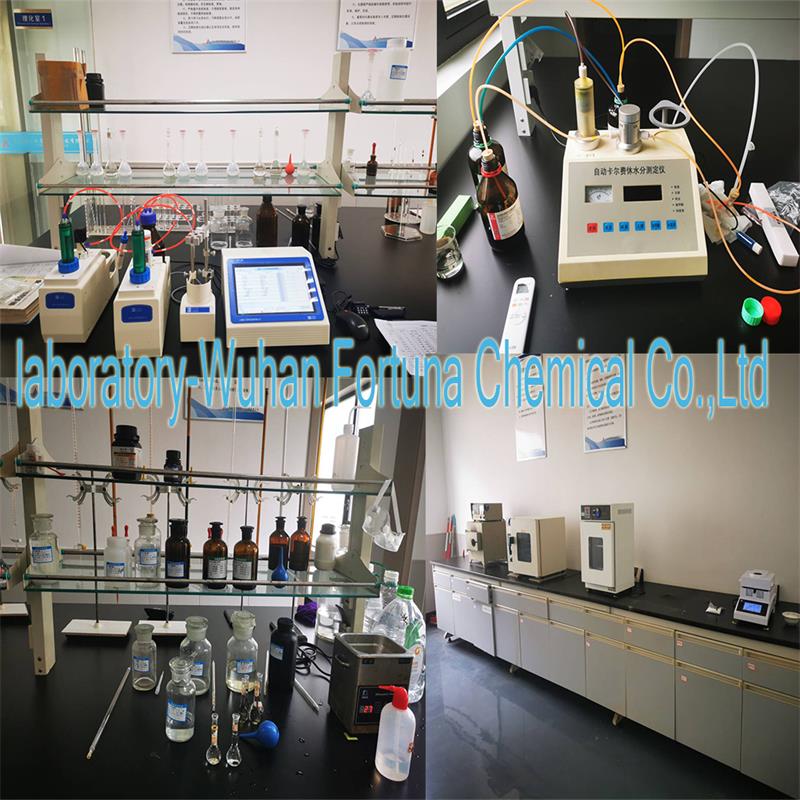



Fortunachem Provides Not Only Professional Chemical Products But Also Professional Help
Keeping you up-to-date with all the latest information, news, and events about Fortunachem!

Quick Links
Add:
E-mail:
 English
English  Español
Español  français
français  العربية
العربية 